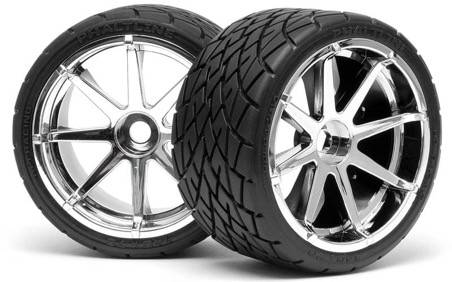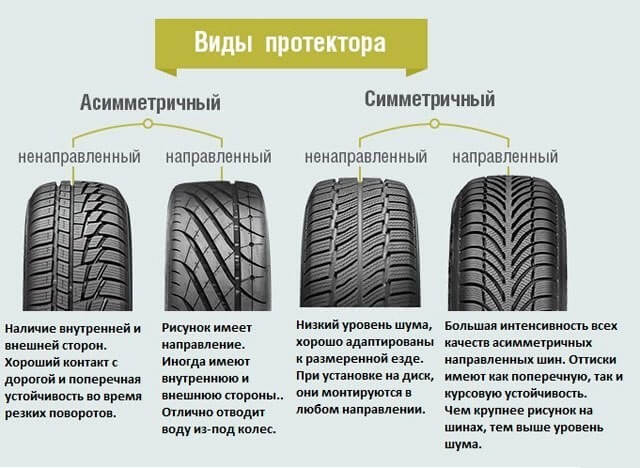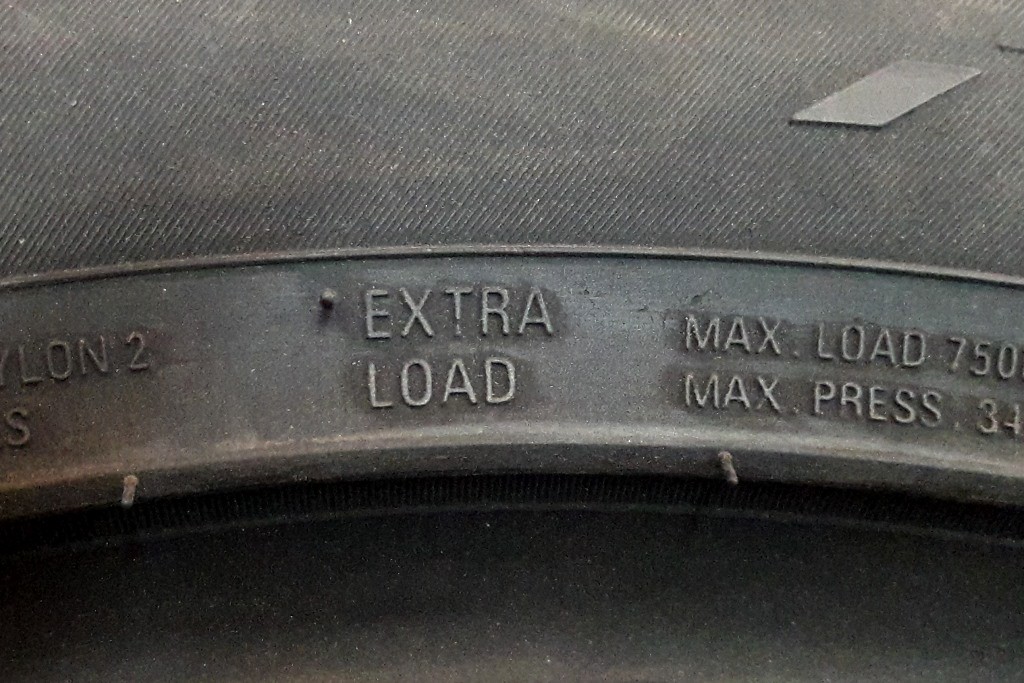
Low profile tires - advantages and disadvantages of tires with a lower sidewall
Content
- Low profile tires - what is it?
- Differences between low profile and standard variant
- How to recognize different varieties
- Benefits of low profile tires
- Disadvantages of low profile tires
- What to look for when buying and using low profile tires?
- Installing low profile tires - important questions
- Should You Choose Low Profile Tires?
Low profile tires have a flat sidewall. The aspect ratio of wide tires is less than 80 or 50%. The use of this type of tire affects not only the appearance of the car, but also its performance, safety and driving comfort. Learn more about it in our text!
Low profile tires - what is it?
When looking for tires, drivers pay attention primarily to three factors - tread height, tire width and rim diameter. It is these parameters that play a key role in choosing the right tire size. What exactly do they refer to?
The tread height value indicates the ratio of the height to the width of the tire profile. It should be noted that this is not an absolute value, but describes a percentage. For example, with 205/55 R16 tires, the width is 205 mm, the sidewall height is 55 percent. It is because the ratio is less than 80 percent that the profile of a tire is defined as a low or wide cross section.
Differences between low profile and standard variant
Almost every type of tire has a code on the sidewall, which contains information about the ratio of the shape of the tire and the ratio of width to height. As mentioned earlier, low profile tires have a lower aspect ratio and a shorter sidewall. On the other hand, the SL–Standard Load variant usually has a higher aspect ratio and higher sidewall.
How to recognize different varieties
The key is to skillfully decipher the code on the sidewall of the tire. The standard designation form is the format, eg P215/65 R15. The R parameter refers to the rim size, while P means that the particular car is a light vehicle - the number following it is the width of the tire profile, i.e. 65.
This means that the height of the tire is 65 percent of the width. When the value is below 50, we can conclude that we are dealing with low profile tires. The last aspect concerns aesthetic issues. Cars with low profile tires look more sporty and dynamic.
Benefits of low profile tires
First, it is the best handling. The stiffer sidewalls of a low profile tire, combined with the tire's larger ground contact area, results in much better traction and faster wheel response.
The second advantage is the greater efficiency of fuel combustion. The characteristics of low profile tires combined with a simple tread pattern result in lower rolling resistance. This directly leads to more efficient fuel consumption.
Using low profile tires will also result in shorter braking times. Along with larger rims, the smaller space taken up by low-profile tires can be offset by fitting more extensive braking equipment. This will result in a higher level of security.
A significant advantage is also the attractive appearance of the car with low-profile tires. Thin tires look fantastic. It gives the car a sporty look and lightness. The low profile tires also look great while driving. Thanks to him, the car glides smoothly on the road.
Disadvantages of low profile tires
The disadvantages of this variety include a negative impact on the technical condition of the suspension. This is due to the small distance between the car and the road. That's why the suspension absorbs most of the shock.
Low profile tires can also cause faster wear or damage to the rim. This is due to the fact that hitting a pothole or curb is not much cushioned by the tires. This can bend the rim and puncture the tire.
The disadvantage is the faster loss of air. Although not considered common, it is possible for a low-walled chamber to become so-called "flat" if its structure is disturbed for a much shorter period of time. scar. This is due to the fact that it does not require as much air to fill as is the case with standard varieties.
Another weak point is the poor grip on rough roads. A straight tire tread is not suitable for driving on rough roads, gravel or surfaces with numerous holes. In addition, snow and ice can also cause problems.
What to look for when buying and using low profile tires?
Before deciding on a specific model of low-profile rubber, you need to pay attention to a few points. First, it is the speed index. Its value can be higher than the maximum speed specified in the registration document, but cannot be lower than the maximum speed. Winter tires are an exception to this rule.
Another important aspect is to ensure proper clearance between the fender and the tire. Thanks to this, the parameters related to the handling and mechanics of the car will not be limited.
The next issue is to analyze the specifics of the vehicle in terms of speed and load. The evaluation criterion should also be the rolling circumference or the required rim width. This will allow you to narrow your search and select the right tires.
The latter is directly related to the operation of tires - we are talking about regularly checking tire pressure. Too high can lead to poor driving comfort, and too low to overheating and subsequent engine failure. With precisely adjusted pressure, the vehicle will be easier to control.
Installing low profile tires - important questions
The key aspect is to check that the tire and wheel combination is approved for the specific vehicle. The dimensions that can be used in a particular case must be given in the so-called CoC document - Certificate of Conformity. This is part of the documents issued when buying a car. You can also contact the manufacturer directly.
Should You Choose Low Profile Tires?
It will depend primarily on the expectations regarding tires. They will work well when someone wants to enjoy a smooth ride and use their car's full potential, including its attractive appearance.
When you are going to buy this type of tire, you should also be prepared for possible suspension upgrades, larger rims and brakes, and checking the exact dimensions. In this case, you should opt for low-profile tires.

